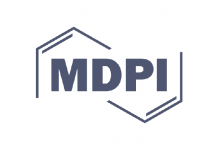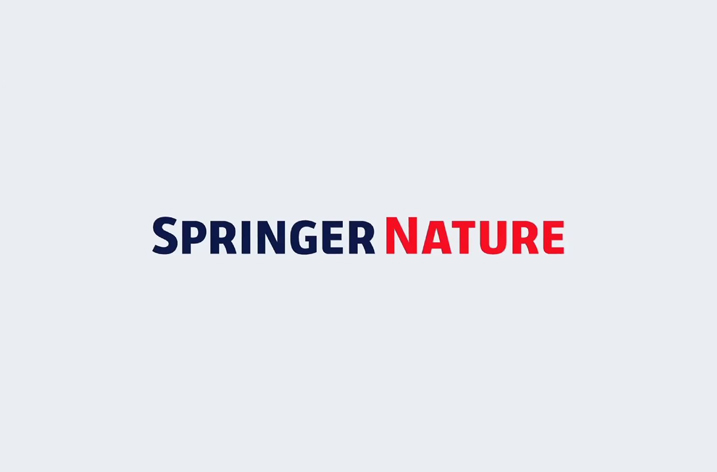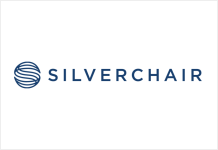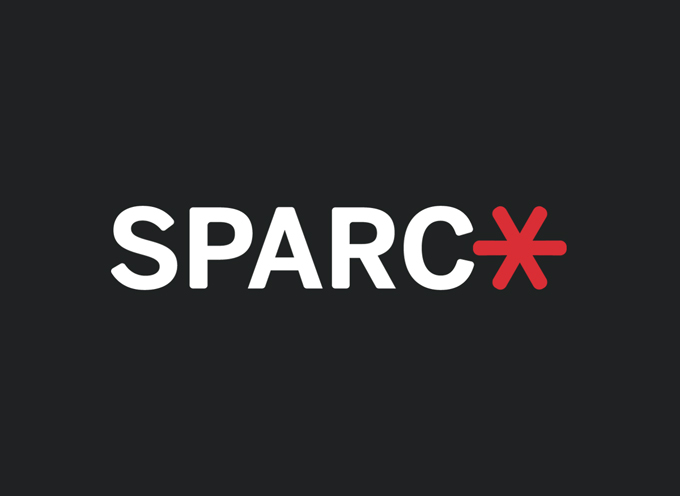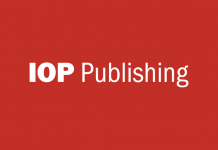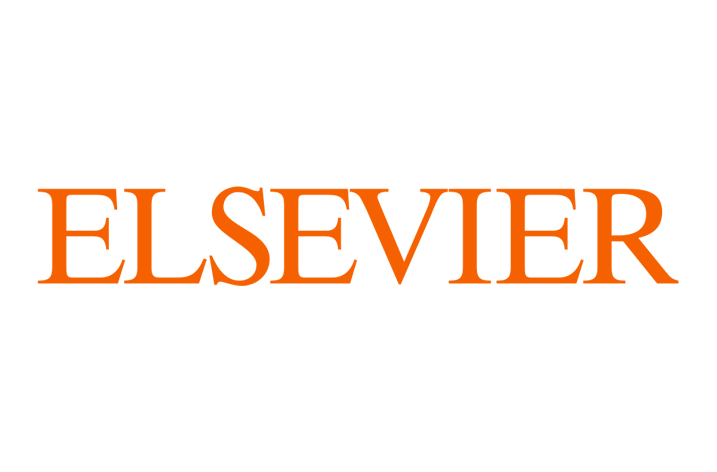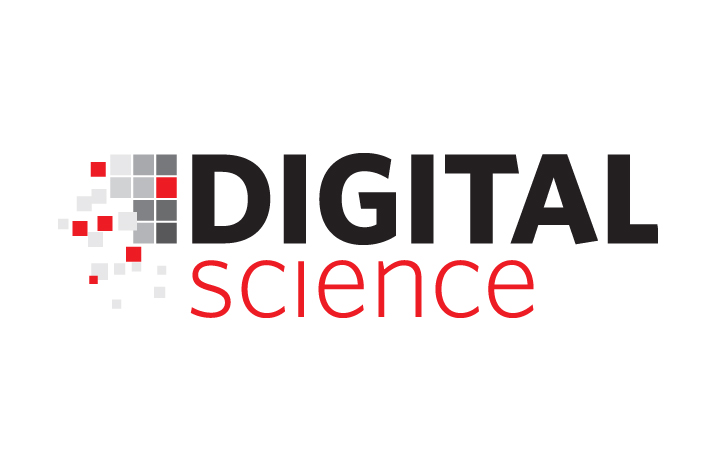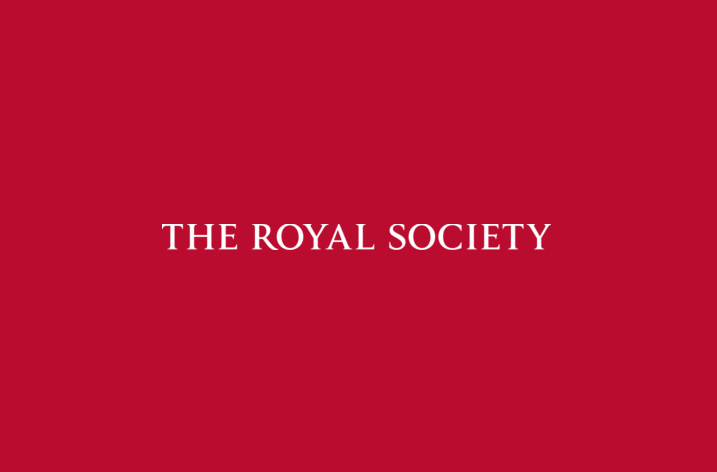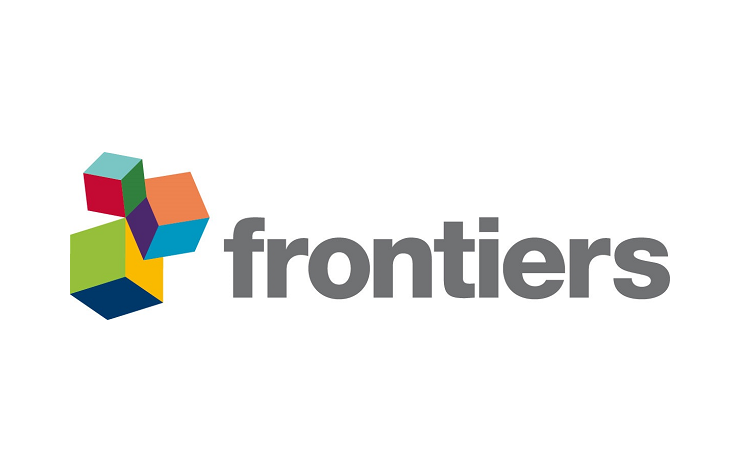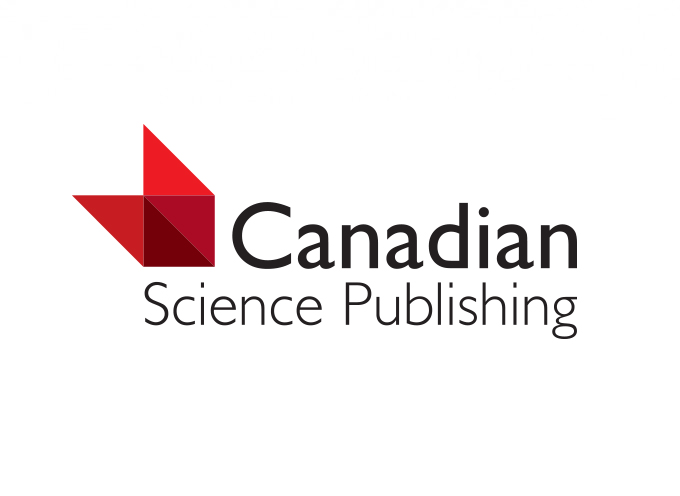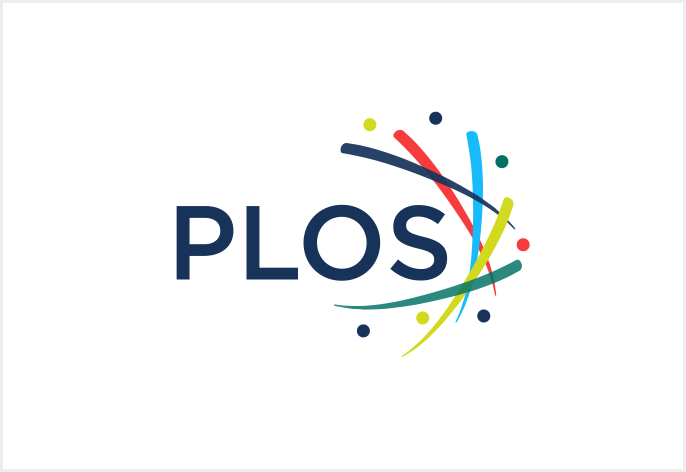
Findings indicate how women are being undervalued by their employers, argue journal editors
Despite promises to close the gender gap, leading science publishers have maintained large and persistent gender pay gaps favouring men since 2017, finds an analysis of eight years of data, published by PLOS Global Public Health today.
Conducted by Jocalyn Clark, International Editor at The BMJ, and Elizabeth Zuccala, Senior Deputy Medical Editor at the Medical Journal of Australia, it shows that every science publisher pays men more than women, and that Elsevier remains an outlier in the magnitude of its gender pay gap and in the lack of progress.
The findings are based on data from 2017 to 2024 for the five largest science publishers in the UK that publish journals including Nature, Science, Cell, and The Lancet. For additional comparison, they collected data for the publisher and owner of leading UK-based medical journal, The BMJ, and the largest UK-based science funder, Wellcome.
Eight years ago Elsevier stood out among publishers, with a median pay gap in 2017 of 40.4% in favour of men over women in its UK business, they explain. The UK average that year was 18.4%.
Yet despite the company’s leadership promising change, Elsevier’s median pay gap for 2024 is 32.8%, maintaining its position as worst performer among peers over all eight years of mandatory reporting, and tracking only a slight improvement of seven percentage points over time. In fact, the ratio of Elsevier’s pay gap to the UK average has worsened – from 2.2 times in 2017 and 2.4 in 2020 and 2021 to now 2.9 times the UK average in 2024.
In contrast, peer companies such as Springer-Nature and Wiley have decreased their pay gaps by 26% (to 9.5%) and by 18% (to 17.7%), respectively, and BMJ has never reported a gender pay gap over 12%. Wellcome reports for 2024 a pay gap of 15.7%, down from a high of 20.8% for 2017.
Clark and Zuccala argue that gender pay gaps at science and health publishers – especially persistent gaps – defy all manner of commitments to equity, diversity, and inclusion (EDI) and gender equality, and they call for stronger demands and measures for all leading scientific organisations and publishers to account for and address this problem.
They also point out that the problem here is not a lack of qualified or motivated women to occupy and excel in senior editorial and publishing roles. It is the responsibility of publishers to provide conducive environments for women’s career advancement, free of bias that limits their access to upward mobility and higher pay.
“Principles of EDI and gender equality are fundamental to doing good science – they should be bedrocks of publishing that science too,” they conclude.


